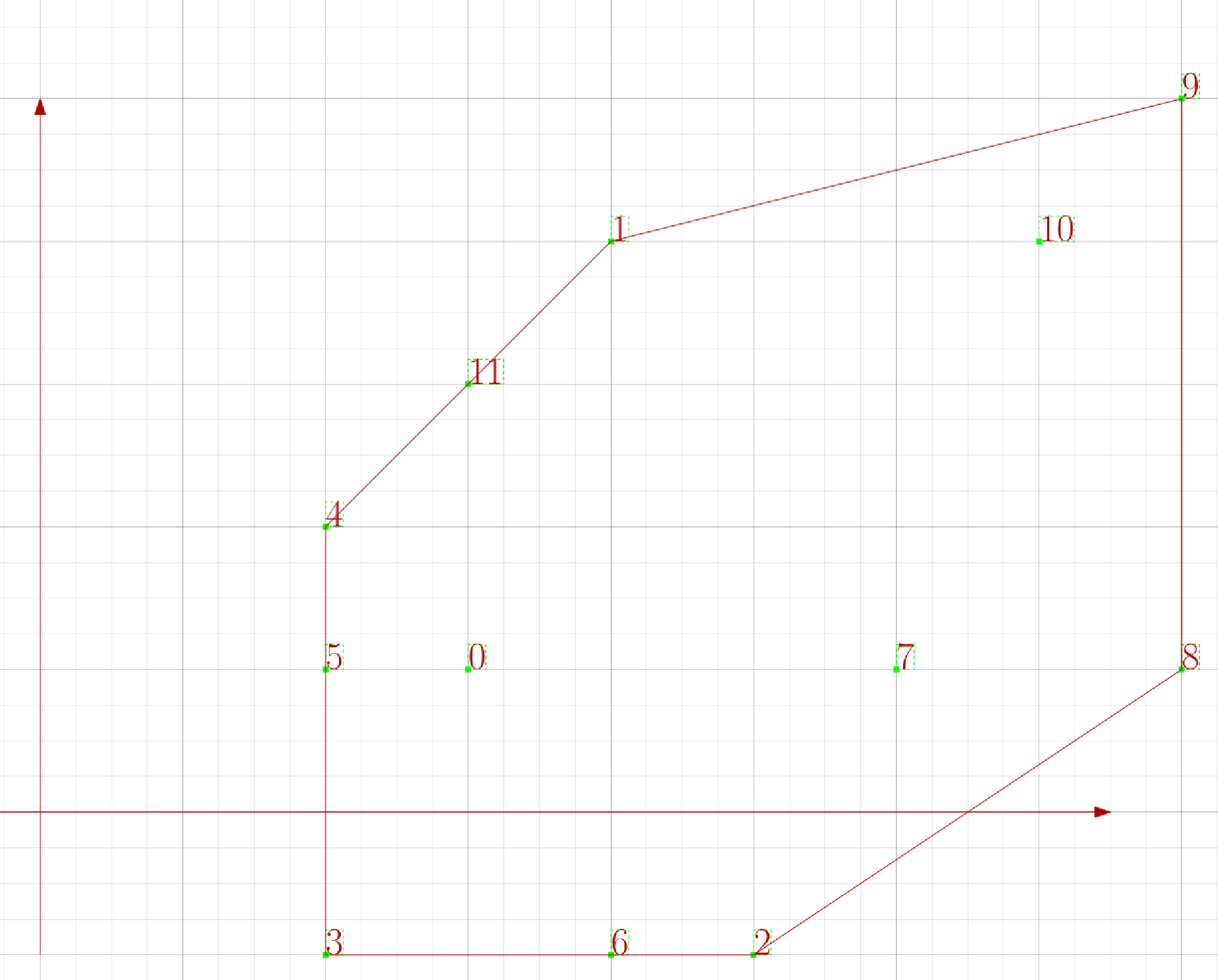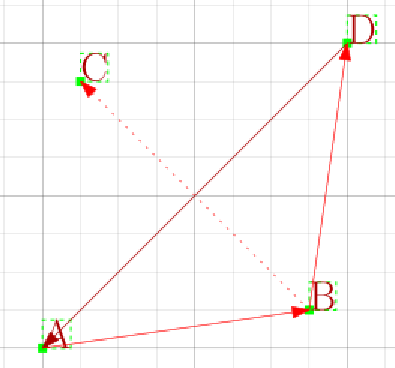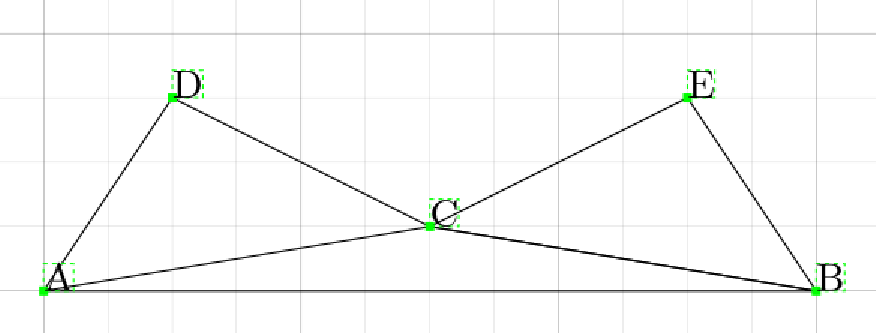2.8 KiB
2.8 KiB
HW2
Problem 1
-
-
Points:
index position 0 (3, 1) 1 (4, 4) 2 (5, -1) 3 (2, -1) 4 (2, 2) 5 (2, 1) 6 (4, -1) 7 (6, 1) 8 (8, 1) 9 (8, 5) 10 (7, 4) 11 (3, 3) Afer sorting:
index position deleted 2 (5, -1) False 8 (8, 1) False 7 (6, 1) True 9 (8, 5) False 10 (7, 4) False 1 (4, 4) False 11 (3, 3) False 0 (3, 1) True 4 (2, 2) False 5 (2, 1) False 6 (4, -1) True 3 (2, -1) False Stack history:
i stack 2 8,2 3 9,8,2 4 10,9,8,2 4 9,8,2 5 1,9,8,2 6 11,1,9,8,2 6 1,9,8,2 7 4,1,9,8,2 8 5,4,1,9,8,2 8 4,1,9,8,2 9 3,4,1,9,8,2
-
-
-
- Because the stack only iterate through points once and exactly once, one point either push in or push in then pop out which take constant time k. So the total time is k*n which is O(n).
-
Problem 2
-
- QuickHull(p9 , p3 , {p0 , p1, p2 , p4, p5 , p6, p7 , p8, p10 , p 11, p12 })
- QuickHull(p9 , p5 , {p4 , p11, p8 , p10})
- QuickHull(p9 , p11 , {p4})
- QuickHull(p11 , p5 , {p10})
- QuickHull(p5 , p3 , {p6 , p7, p1})
- QuickHull(p7 , p3 , {p1})
-
-
- Correct, this is basically the same as Graham scan.
-
- Correct, base on Akl–Toussaint heuristic, for a set of points, the one with the highest y coordinate must be a part of the convex hull.
-
- Correct, this is a Ellipse with same focuses but different axis. The one with longer axis must contain the one with shorter axis but not vise versa. Thus, the point with highest sum must be a part of convex hull.
-
- Wrong, same graph as question 2, C is the one with minimal distance sum however it is not a part of convex hull.
-


